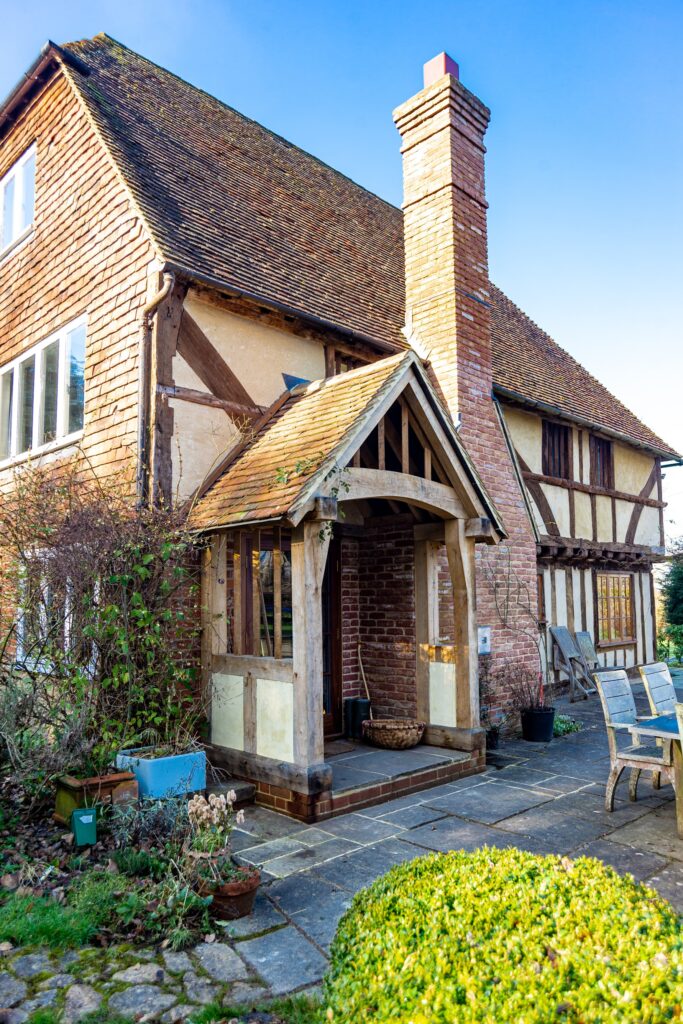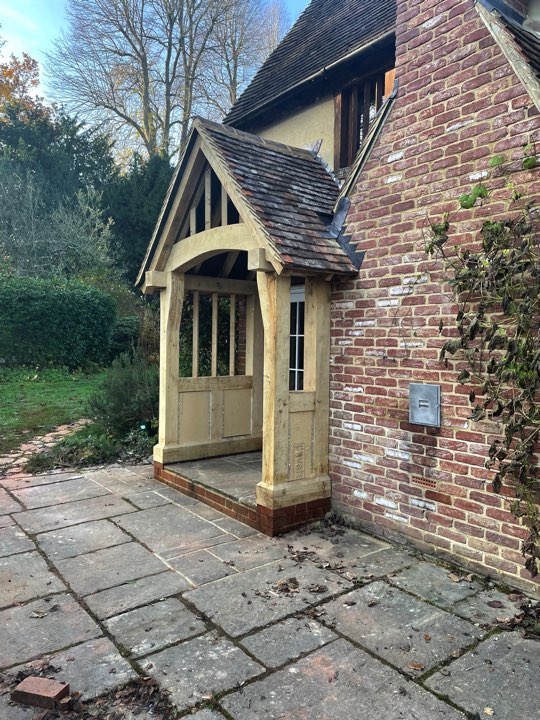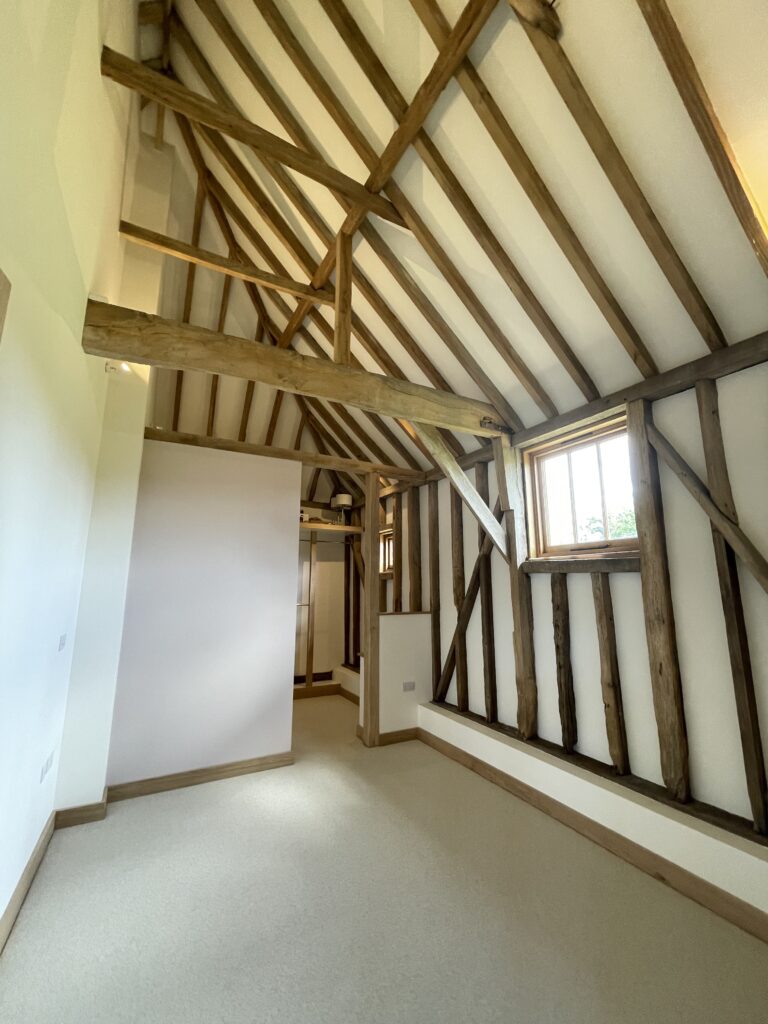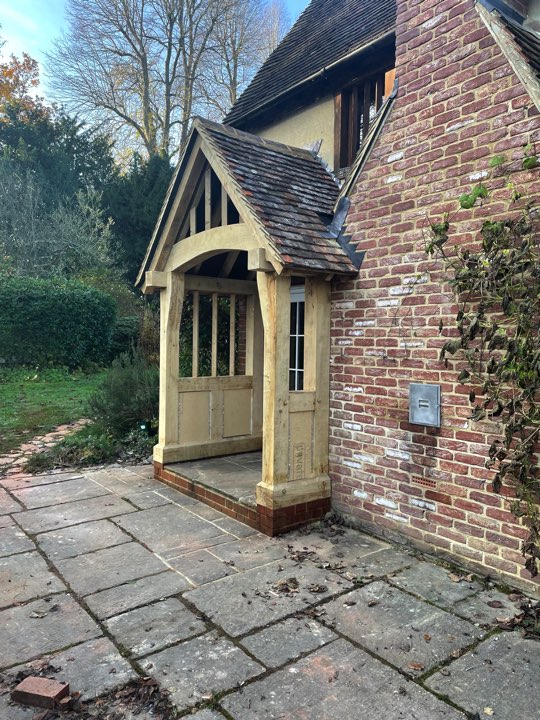Architectural Building Conservation in Kent:
Preserving History Amidst Modernity
Introduction to Architectural Building Conservation in Kent
Kent, a county steeped in rich history and architectural heritage, is home to a treasure trove of historic buildings, each with a story to tell. As modernization sweeps across the county, preserving these architectural gems becomes paramount. In this article, we’ll explore the importance of architectural building conservation in Kent and the role it plays in maintaining the county’s unique character and cultural identity.
1. Cherishing Kent’s Architectural Heritage
Kent boasts a diverse range of architectural treasures, from medieval castles to Georgian townhouses, each showcasing the county’s historical significance. Architectural conservation is the meticulous process of safeguarding these structures, ensuring they stand the test of time. The aim is not just to maintain bricks and mortar but to protect the stories they hold.
2. A Balancing Act: Tradition and Modernity
In the 21st century, it’s essential to strike a balance between preserving history and meeting the evolving needs of society. Architectural conservation in Kent is about retaining the character and charm of the past while adapting buildings for contemporary purposes. This harmonious blend of old and new is what makes Kent’s urban and rural landscapes truly unique.
3. Conserving for Future Generations
Architectural conservation isn’t just about the present; it’s about securing a future for our architectural heritage. By investing in the maintenance and restoration of historic buildings, we ensure that future generations can appreciate and learn from the past. This legacy of preservation and respect for history is invaluable.
4. The Role of Professional Architects
Architects specializing in building conservation play a pivotal role in Kent’s heritage preservation. These professionals possess the expertise to restore and renovate historical structures, ensuring that the work aligns with local regulations and meets the highest standards of authenticity and quality. Their work extends to both structural and aesthetic elements.
5. Legislation and Regulations
Kent, like the rest of the UK, has established comprehensive laws and regulations to protect historic buildings. Conservation areas, listed buildings, and scheduled monuments have distinct guidelines that restrict significant alterations or demolitions. These measures are vital in safeguarding the county’s historic architecture.
6. Sustainable Conservation Practices
In an era concerned with environmental impact, sustainable conservation practices are becoming increasingly crucial. Kent architects and conservationists are adopting eco-friendly techniques, using locally sourced materials, and implementing energy-efficient solutions to ensure that conservation efforts are in harmony with modern sustainability standards.
7. Public Awareness and Involvement
Conserving Kent’s architectural heritage is a collaborative effort. Engaging the local community, businesses, and organizations in preservation projects not only fosters a sense of pride but also spreads awareness about the importance of architectural conservation. Public support is a driving force in protecting Kent’s history.
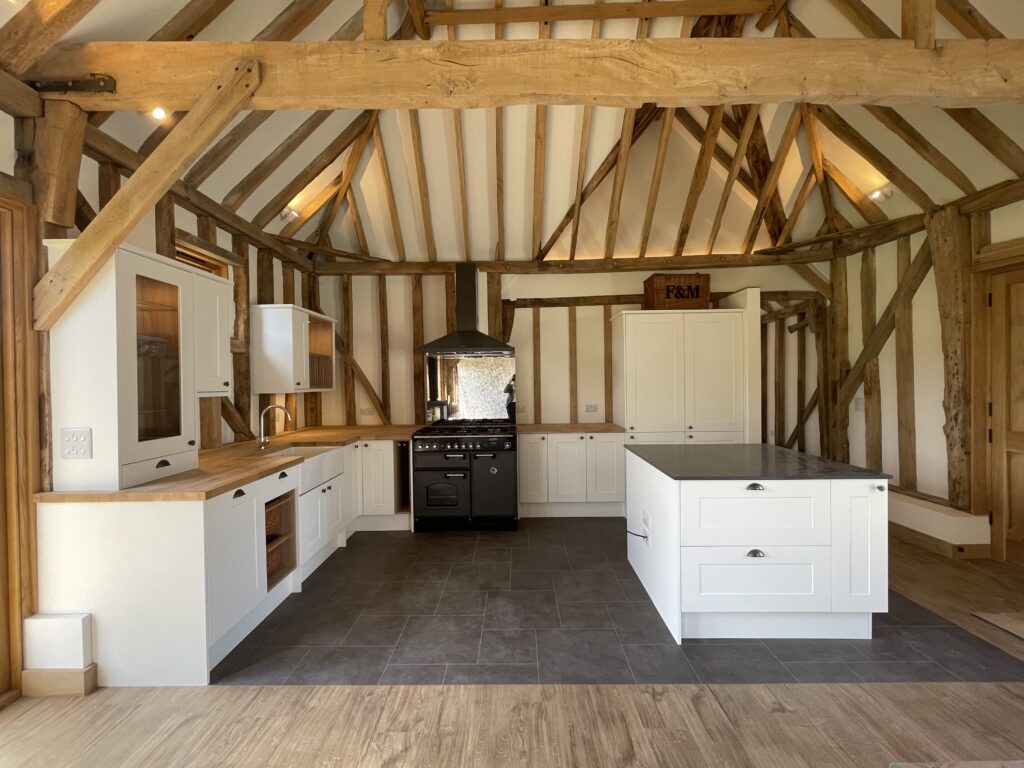
Conclusion
Architectural building conservation in Kent is a noble endeavor, one that safeguards the county’s unique character and historical significance. By preserving the architectural heritage, we celebrate Kent’s past while shaping its future. It’s a testament to the harmonious coexistence of tradition and modernity and the dedication of architects and the community to protect what makes Kent truly remarkable. As Kent continues to evolve, the legacy of architectural building conservation will remain an enduring tribute to the county’s cultural identity.
